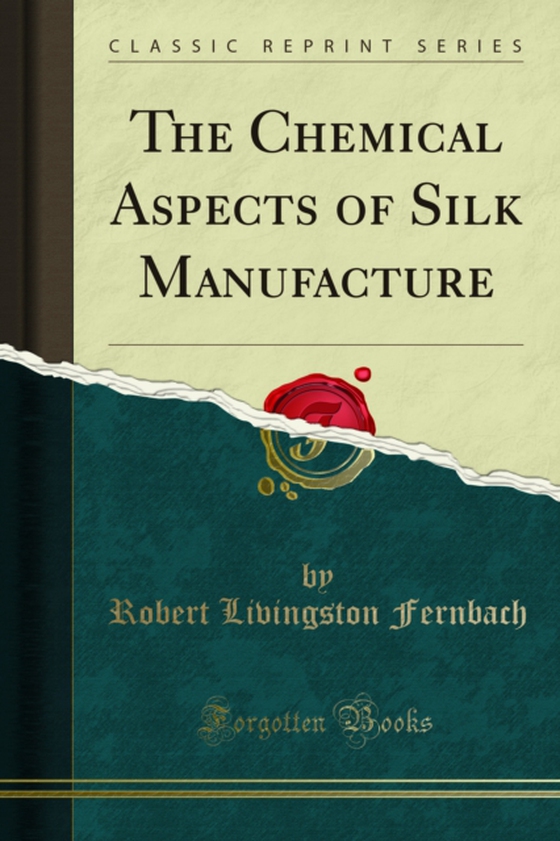
Chemical Aspects of Silk Manufacture e-bog
59,77 DKK
(inkl. moms 74,71 DKK)
Whilst the greatest effort has been made to ensure the quality of this text, due to the historical nature of this content, in some rare cases there may be minor issues with legibility. Five years ago, Mr. Hollins Rayner, in his admirable work, Silk Throwing and Waste Silk Spinning, gave to the trade the first practical account of the production of a weavable thread from the fiber of the silkwor...
E-bog
59,77 DKK
Forlag
Forgotten Books
Udgivet
27 november 2019
Genrer
Needlework and fabric crafts
Sprog
English
Format
pdf
Beskyttelse
LCP
ISBN
9780243695935
Whilst the greatest effort has been made to ensure the quality of this text, due to the historical nature of this content, in some rare cases there may be minor issues with legibility. Five years ago, Mr. Hollins Rayner, in his admirable work, Silk Throwing and Waste Silk Spinning, gave to the trade the first practical account of the production of a weavable thread from the fiber of the silkworm. De L'Arbousset; Edwards, von Georgeviecs, Hurst, Merritt Matthews, and others have contributed much of importance concerning silk, albeit chiefly in its relation to the other fibers, its culture, or in the form of a compendium of dyeing and printing formulas long since obsolete.<br><br>To the deep-rooted fallacy that the problem of silk manufacture is mechanical, confined to the phase of throwing, winding, warping, and weaving, this book owes its existence. In these pages the all-important chemical aspects of the industry - the principles which are the very basis of mechanical practice - are impartially set forth. In publishing the results of an extended practical experience, the author betrays no confidence. He is aware that publications of this type arouse the antagonism of those members of the trade in whose sight all efforts toward enlightenment constitute the unpardonable sin. On the other hand, the author disavows all sympathy with the concoctors of catch-penny tables, who, posing as altruists, are in reality alarmists seeking self-advancement through the exploitation of exploded theories.
 Dansk
Dansk

